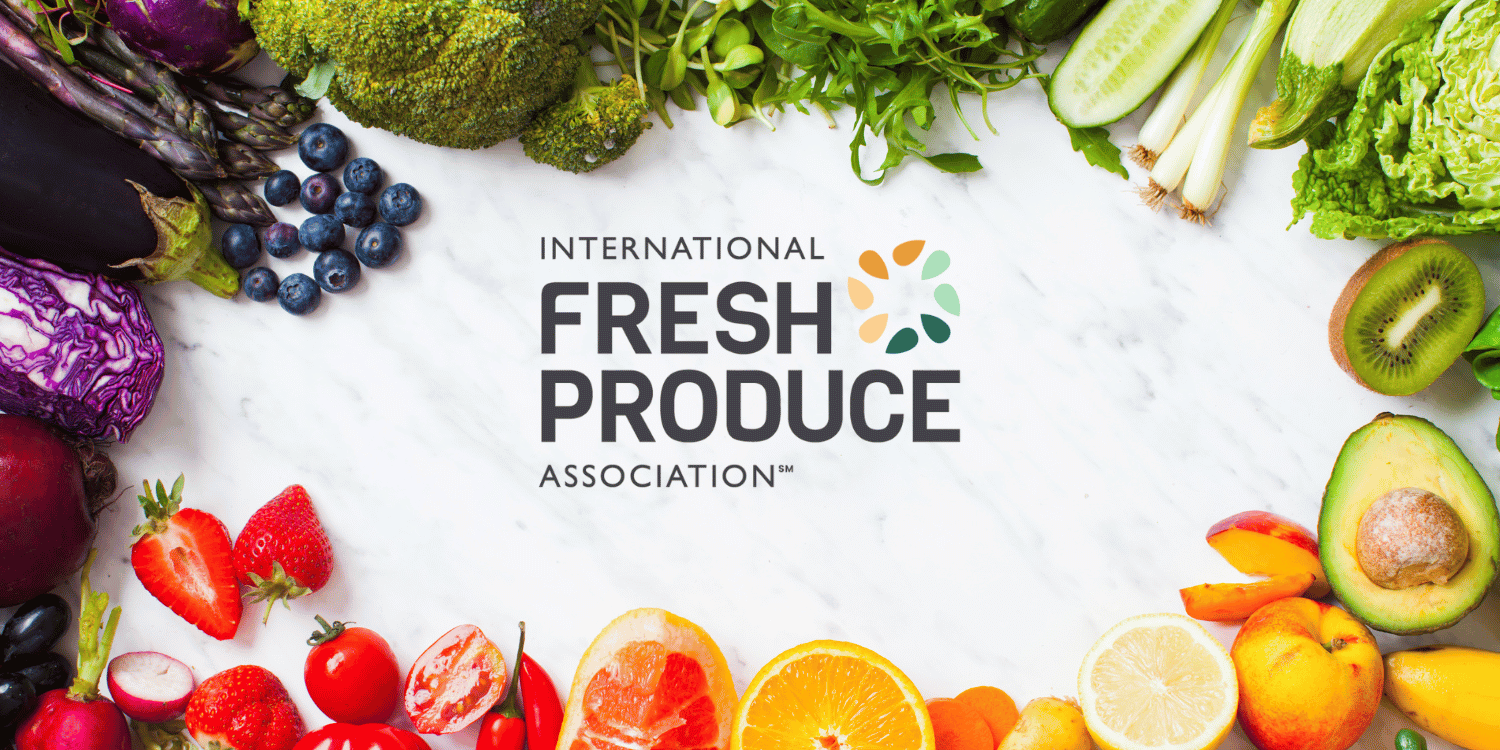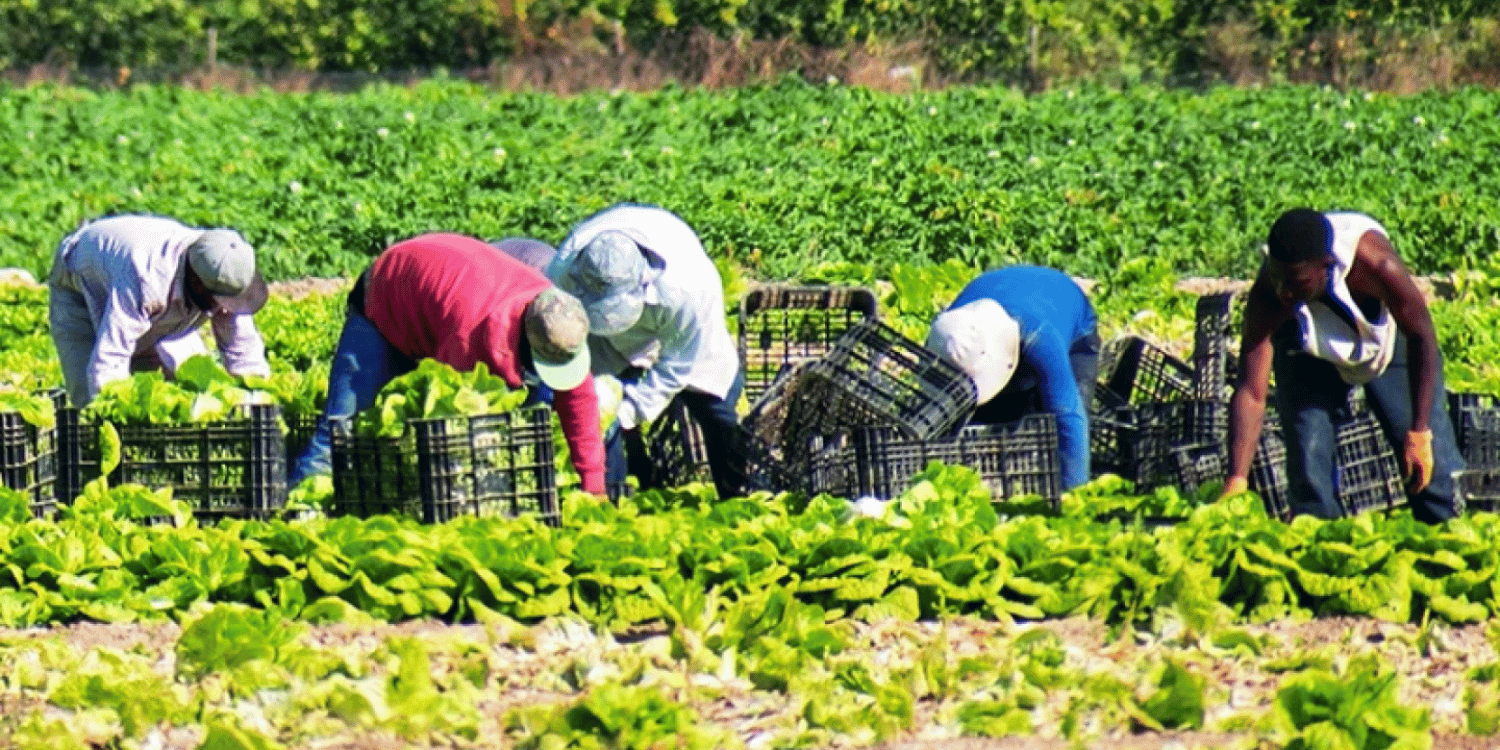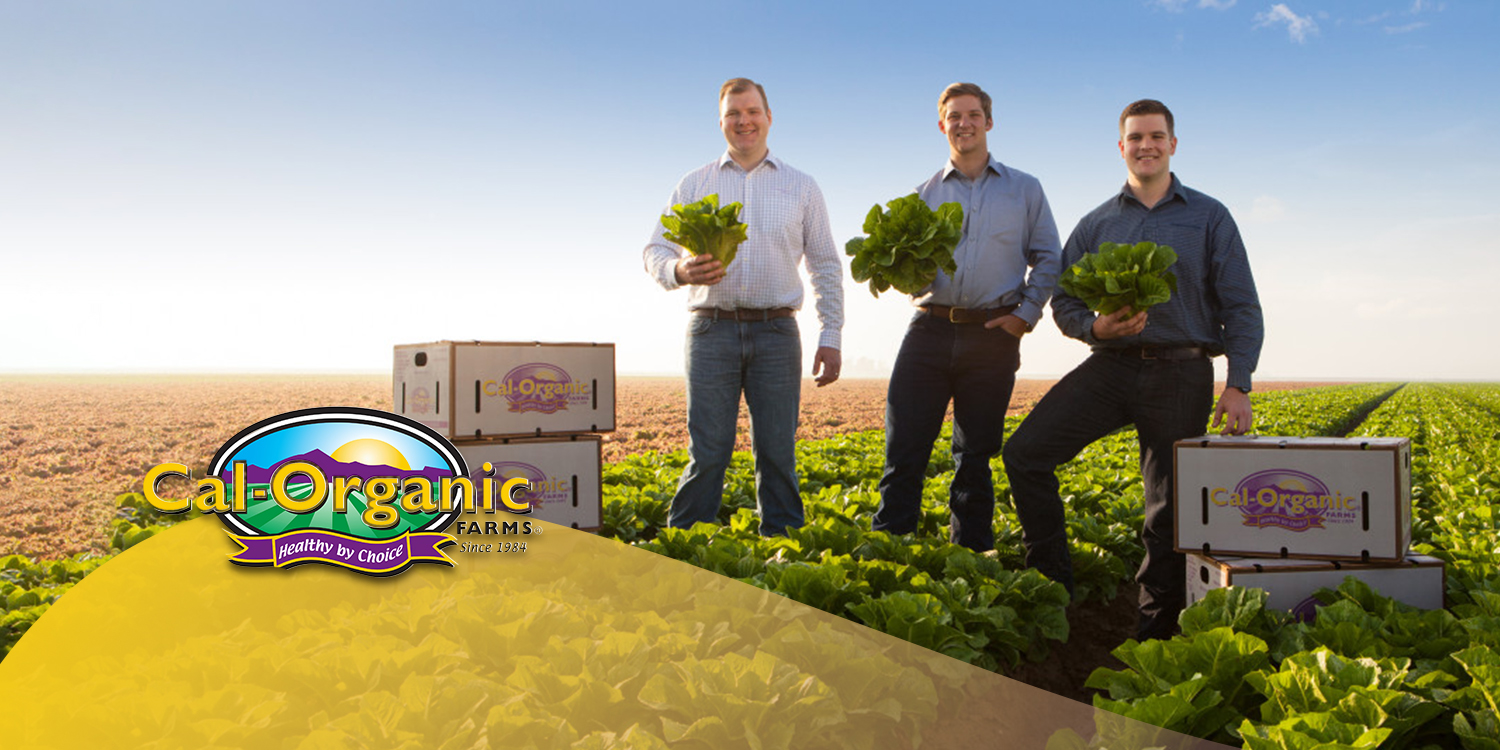Overseeing a business in the agriculture sector requires detailed vigilance.
A keen eye, coupled with a strategic mindset, can help one to recognize success indicators and troubleshoot potential pitfalls.
Understanding the data behind your operations isn’t merely useful; it’s a fundamental cornerstone of success.
To evaluate your produce venture’s performance, certain metrics need to be closely monitored and analyzed.
With the right combination of key performance indicators, one can make informed decisions to propel the venture towards its strategic goals.
In this detailed guide, we will examine those essential metrics that will equip you with the tools necessary for your produce venture’s sustainable growth.
- Track quantity of produce sold to assess product demand.
- Monitor total production costs to manage expense.
- Calculate customer acquisition cost to optimize marketing strategy.
- Determine average revenue per customer to maximize profits.
- Measure customer retention rate to gauge customer satisfaction.
As you continue to digest this article, you’ll find that we explore more topics related to agricultural ventures.
In following sections, I will be shedding light on various important factors like debt-to-equity ratio, seasonal cash flow, and even brand engagement metrics. These are equally essential in ensuring the sustainability and profitability of your produce venture.
I strongly encourage you to keep reading. The knowledge gained here will be invaluable to anyone, from seasoned agricultural business owners to aspiring farmers. It’s not simply about metrics; it’s about understanding them in the context of your venture to make informed business decisions.
Carry on and keep the learning spirit alive. We have much more valuable information to discover, such as how to address common problems that occur in agricultural businesses and key strategies to staying ahead of market trends. Join me as we continue to demystify these crucial aspects for a successful produce venture.
Contents [hide]
Essential Metrics To Track For Your Produce Venture
1. Quantity of Produce Sold
In Short: Understanding and tracking the ‘quantity of produce sold’ metric is crucial for successful agribusiness management, offering insight into market demand, production levels, and profitability. Factoring in influences such as market demand, product quality, pricing, competition, and value-added services enables strategic decisions for optimizing sales and achieving long-term success.
In the world of agribusiness and produce ventures, understanding the volume of your products that successfully move from the farm to the consumer is key.
This metric, commonly referred to as the ‘quantity of produce sold,’ is sold and is a measure of total sales volume, usually taken within a specific time frame.
Monitoring the quantity of produce sold helps a business track its progress, understand market demand, and make informed decisions about production levels.
The ‘quantity of produce sold’ is not just about reducing wastage; it’s also about determining the optimal production levels for maximum profitability.
Keep in mind that selling more produce does not automatically equate to increased profits. Other factors like production costs and market prices also play significant roles in your venture’s profitability.
Let’s have a look at some core factors that can affect the quantity of produce sold:
- Market Demand -This refers to the total volume of a specific type of produce that consumers are willing to buy at a given price and time.
- Quality of Produce – Comparably, customers are more likely to purchase high-quality products, thereby impacting the amount that eventually gets sold.
- Pricing – The price of your produce might either incentivize or discourage potential buyers.
- Competition – The presence of other businesses selling similar produce could also impact the quantity of your produce sold.
Given these factors, it’s imperative to regularly monitor and assess your venture’s sales volume data.
This data, when analyzed over time, not only provides insightful trends about your products’ performance in the marketplace but also equips you with important information for strategic decision-making.
Accurate record-keeping and proper data management systems are crucial for tracking the quantity of produce sold.
These records should not only reflect the volume of each type of produce sold but also the dates of sales, peak selling periods, and other sale-specific details that could prove beneficial in the future.
Value-added services such as home delivery and online purchasing can also influence the quantity of produce sold in modern agribusinesses.
By tracking this metric, you can better optimize these services to drive sales.
In essence, understanding the quantity of produce sold metric is critical for the successful management and growth of your produce venture.
Pro Tip: Monitor and assess your venture’s sales volume data regularly to understand market demand, determine optimal production levels, and make informed decisions for strategic growth and profitability.
By keeping a close eye on this metric, you can gain better insight into your business’s performance and profitability, allowing you to make strategic decisions that align with your ultimate business goals.
Therefore, ongoing assessment is highly recommended for all agribusinesses keen on achieving long-term success.
2. Total Production Costs
In Short: Understanding and managing total production costs, including direct costs like seeds, labor, and machinery, and indirect costs such as licensing and marketing, is vital for the profitability of your produce business. Balancing cost-cutting with quality maintenance can lead to optimized costs, increased profit margins and customer satisfaction.
For produce business, understanding the total production cost is crucial to profitability and sustainability.
Total production costs in your produce business is essentially the total money invested in producing and delivering the produce to the customer.
This metric involves many different components that are essential for your business’s operations.
The direct costs involved might be the cost of seeds, fertilizers, labor wages, water, electricity, machinery maintenance, and other farming materials.
Apart from direct costs, there are indirect costs to consider such as licensing fees, property taxes, insurance and marketing costs.
Before diving into the list, remember that each business would have unique production costs depending on their establishment size, product type, and operation method.
- Cost of seeds: This is the initial investment that you make towards growing your produce.
- Cost of fertilizers and other farming materials: The quality of your product often depends on these materials.
- Labor wages: Wages paid to laborers for their efforts in planting, tending, and harvesting the crops.
- Machinery maintenance: Costs for keeping equipment in good working order can quickly add up.
- License fees: Fees paid for necessary legal permissions to carry on your business operations.
By tracking all these costs, you are in a position to make informed business decisions that ensure your business stays profitable while minimizing unwarranted expenses.
Moreover, understanding these costs provides a solid knowledge base for setting prices that reflect an accurate value of your produce.
Reducing your total production costs could lead to a direct increase in profit margins even if your revenue remains the same.
However, it is critical to strike a balance between cost-cutting and quality maintenance. Excessive cost-cutting might lead to decreased product quality and ultimately, unsatisfied customers.
Thus isn’t about merely minimizing costs, but more about optimizing them to achieve a harmonious balance between cost, quality, and customer satisfaction.
Generally, keeping track of your total production cost on a day-to-day basis might be challenging, but it is important to your business longevity.
Important: Understanding and managing your total production costs, including both direct costs like seeds, fertilizers, labor wages, and machinery maintenance and indirect costs such as licensing fees and marketing costs, is crucial to your produce business’s profitability, sustainability, and longevity.
About reducing the cost, consider that choosing less expensive, but still high-quality, inputs and effectively managing your labor force could help to lower the total production costs.
So take time to thoroughly understand and manage this crucial business metric for the betterment of your produce business.
3. Customer Acquisition Cost
In Short: Customer Acquisition Cost (CAC) is a crucial financial metric encompassing all costs incurred to attract and retain clients, including advertising, salaries, software, and content creation. Monitoring, understanding, and optimizing CAC, without compromising product or service quality, is vital for ensuring the profitability and sustainability of a business.
Your produce venture will inevitably incur costs in attracting and retaining clients, typically captured under the umbrella term Customer Acquisition Cost (CAC). This metric is fundamentally important in understanding the financial health and feasibility of your business model.
Customer acquisition cost is essentially the total cost of efforts a business makes to persuade a potential customer to buy its product or service. This cost represents all the monetary resources that you have invested in attracting new customers to your business, including cost of sales and marketing in its many forms.
Reducing Customer Acquisition Cost can drastically increase your profit margin, and is therefore a crucial metric to pay close attention to.
It’s important to understand what elements contribute to this crucial business expense. This way, each component can be individually assessed and optimized. I think it’s key to try to drive down these costs to ensure your business is running as efficiently as possible and to help enhance your business’s profitability.
Let’s take a closer look into some of these components:
- Advertising Expenses: This includes the cost of traditional media advertising, online pay-per-click advertisements, social media promotions, email marketing, and other creative marketing strategies.
- Sales and Marketing Team: This includes their salaries, bonuses, and supplementary benefits.
- Tools and Software: Any tools or software used for marketing automation, customer relationship management (CRM), or analytics.
- Content Creation: Costs associated with producing marketing and sales materials such as videos, blog posts, webinars, white papers, etc.
Understanding the different components that contribute to customer acquisition cost is just the first step in optimizing this key business metric.
The lower your customer acquisition cost, the more profitable your company can be. This is because if you’re able to keep your CAC low, you’ll be able to acquire more customers with the same budget, therefore increasing your revenue.
But, remember, cost effectiveness shouldn’t mean reducing your quality of service or product to your consumer. It should be a drive to find innovative and cost-effective strategies to reach and attract potential customers.
An effective way to reduce CAC is by improving your customer retention rate. The logic is simple: if more customers stay with your business for longer periods, you won’t need to spend as much to acquire new customers. This seems an inviting prospect, eh?
Despite the importance of this metric, remember that business perspective and context are important. For instance, if your company is still in its growth stage, it might accept a higher CAC knowing that it will reduce in the future as the business starts to scale. Conversely, a well-established produce venture might focus on minimizing CAC to drive profitability.
Overall, Customer Acquisition Cost is a critical focal point in understanding the sustainability and profitability of your business model. It gives you an understanding of how much it costs your business to attract a new customer. Monitoring and optimizing this metric is crucial to setting your produce venture up for success.
4. Average Revenue Per Customer
In Short: The Average Revenue Per Customer (ARPC) is a crucial metric which provides insights into customer behaviors and the effectiveness of your financial strategies. It’s calculated by dividing total revenue over a specific duration by the total number of customers, and factors such as discounts, upselling, customer loyalty programs, and economic conditions can impact it.
In your undertake to run a prosperous produce venture, a key metric worth giving due consideration is the Average Revenue Per Customer (ARPC).
Quite essentially, this metric represents the mean income your business amasses from each customer over a determined period.
Making sense of this metric not only shows the effectiveness of your financial strategies but also, significantly, indicates the value and loyalty that customers attach to your offerings.

Comprehending the ARPC is not merely about crunching numbers; instead, it provides critical insights into customer behaviors and preferences.
You might be asking, “How then do you compute for the Average Revenue Per Customer?”
Calculating this important factor involves dividing the total revenue over a specific duration by the total number of customers served within that period.
When done right, this gives you a reliable estimate of how much each consumer contributes to your business financially.
Needless to say, the higher the ARPC, the healthier it is for your business, and the more profitable each customer interaction becomes.
However, it is worth noting that distinct factors may make your ARPC fluctuate periodically.
Here are a few potential influencers of the ARPC within your produce venture:
- Discounts and promotions: Applying these might temporarily increase your customer numbers, hence driving down the Average Revenue Per Customer.
- Upselling and cross-selling: These strategies can boost your ARPC, as customers are inclined to purchase more items or more expensive ones.
- Customer loyalty programs: Having a customer loyalty program incentivizes repeat purchases, which can significantly raise your ARPC.
- Economic factors: Macro-economic conditions, such as inflation, can affect the purchasing power of customers, thus impacting your ARPC.
While it’s crucial to aspire for a higher ARPC, it’s equally important to balance this with maintaining customer satisfaction and loyalty.
For instance, continuously raising your prices might increase your ARPC in the short term, but if it results in losing customers, this might harm your business in the long run.
Instead, companies should seek ways to increase their ARPC sustainably without compromising the value they offer their customers.
Or else, monitoring and understanding your Average revenue per customer continually just becomes another business scenario of all numbers and no growth.
Pro Tip: To ensure the success of your business, monitor your Average Revenue Per Customer (ARPC) closely; it offers critical insights into customer behaviors, helps evaluate the effectiveness of your financial strategies, and allows you to explore sustainable ways to increase revenue without compromising customer satisfaction.
Therefore, how you respond to fluctuations in your ARPC can make or break the success of your business.
Without a doubt, this is certainly a metric you cannot afford to overlook when evaluating the overall performance and direction for your produce venture.
5. Customer Retention Rate
In Short: Customer Retention Rate (CRR) is a vital metric in a produce venture, used to measure how effectively a business retains its customers over time. Enhancing CRR is beneficial as even a 5% improvement can boost profits 25% to 95%, and this can be achieved by offering high-quality produce, excellent customer service, and implementing customer loyalty programs.
In any business, especially a produce venture, not only acquiring new customers but retaining them is important.
The Customer Retention Rate (CRR) becomes a mandatory metric to track.
It is the performance indicator that measures the number of customers a business can keep over a given period of time.
While it is rewarding and exciting to bring in new customers, retaining existing customers can be more profitable and cost-effective.
Studies have shown that improving customer retention by even 5% can increase profits by 25% to 95%.
CRR is a metric that speaks volumes about the quality of your products, the efficiency of your customer service, and overall customer satisfaction.
If one’s products like fruits, vegetables, or other types of farm produce are of high quality and are available consistently, the customer retention rate will be high.
Various strategies can help increase your customer retention rate.
- Offer high-quality produce: fresh and organic farm products are generally preferred by customers
- Provide exceptional customer service: prompt response and resolution of customer complaints enhance customer loyalty
- Implement a customer loyalty program: rewards for loyal customers can motivate them to keep buying from you
Calculating the customer retention rate, however, requires understanding of some key factors.
This includes the number of customers at the beginning of the period (E), the number of new customers acquired during that period (N), and the number of customers at the end of the period (S).
The CRR is calculated as ((E-N)/S) * 100. This figure gives you the percentage of customers you have retained.
A higher CRR implies better customer loyalty, which is good for any business.
However, it is important to note that a 100% CRR may not be feasible, and a range between 70-90% is generally considered excellent in most industries.
Moreover, it’s crucial to remember that CRR should not be the only metric tracked as focusing too much on customer retention may cause you to overlook the need for customer acquisition.
It’s a tricky balance to maintain but necessary for sustainable growth.
The Bottom Line
Monitoring critical metrics is important for the success of any produce venture.
These indicators provide key insights into performance, productivity and profitability, enabling business owners to make strategic decisions.
Despite the challenges inherent to the agriculture industry, understanding these essential metrics gives businesses the tools needed to optimize their operations and thrive in a competitive market.
By focusing on these metrics, produce ventures can increase their likelihood of success and contribute positively to the growth and sustainability of the global food supply.




















